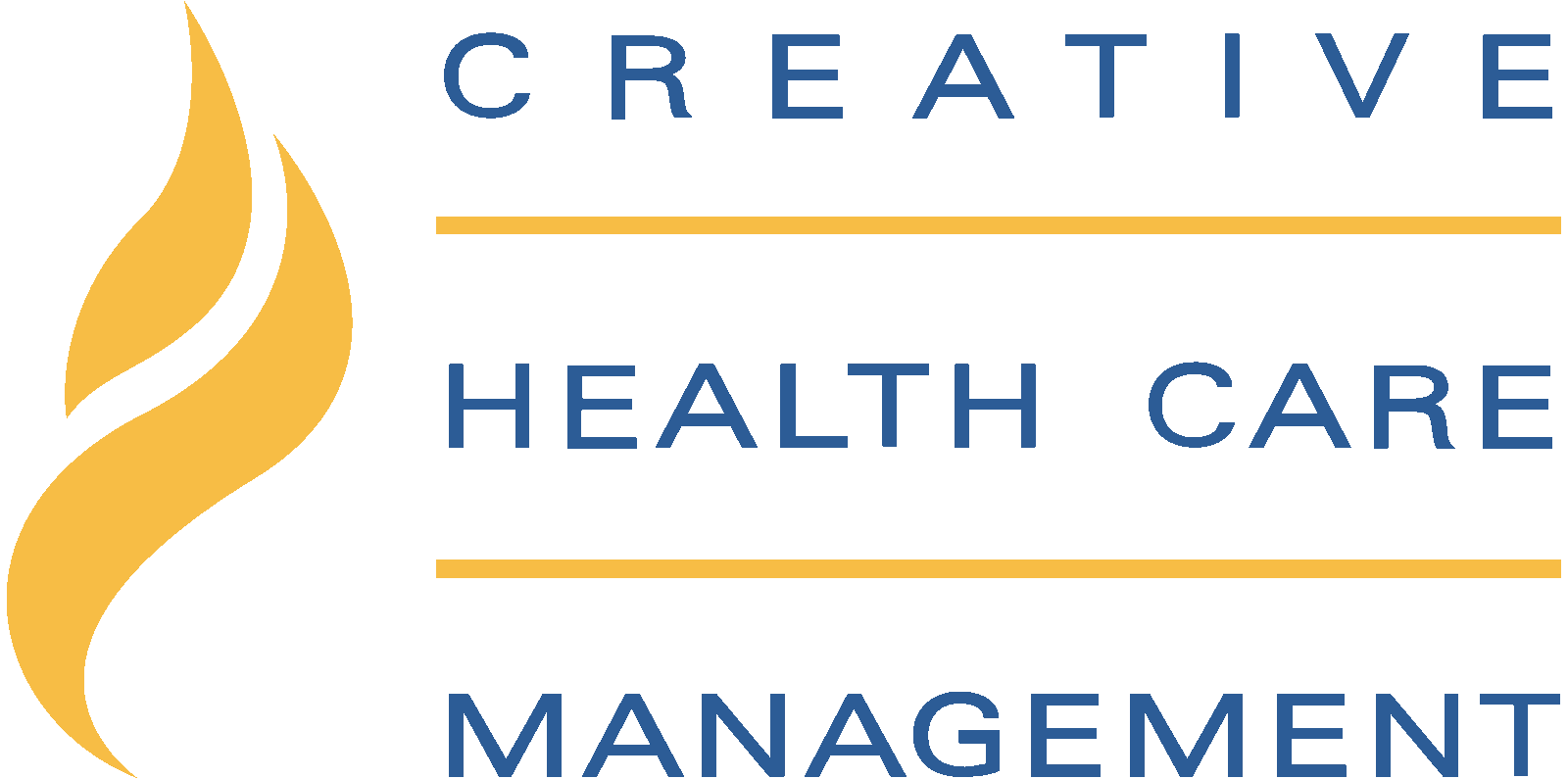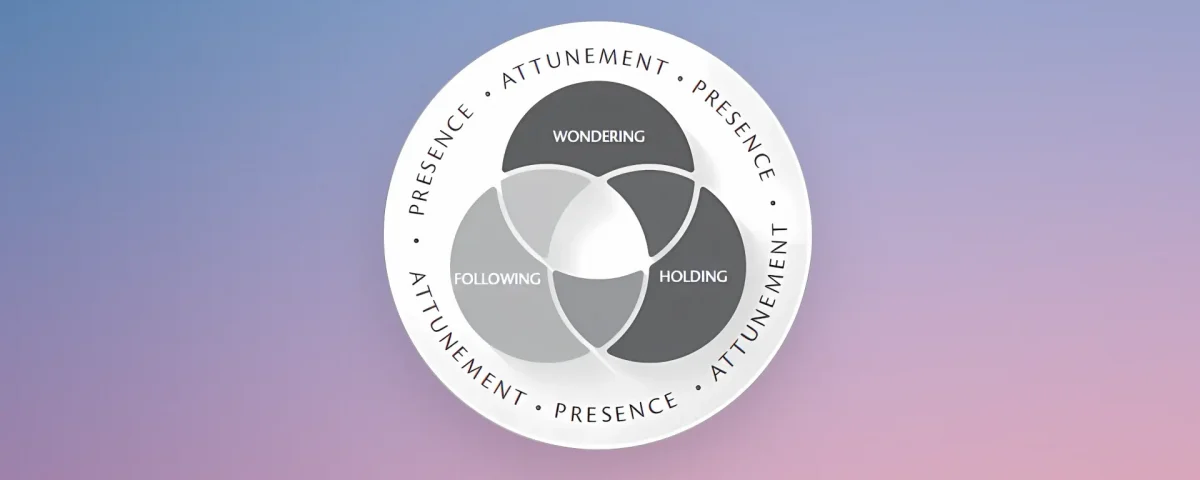Relational proficiency might be a new term for many, but its essence is likely familiar. Consider someone who excels at genuinely building therapeutic relationships and connecting with others within their clinical practice.
Who comes to mind as someone who actively listens, expresses genuine curiosity, and engages deeply in conversations? Who is known for their ability to make others feel seen and heard, serving as a trustworthy confidant?
Although some individuals may naturally possess the trait of building therapeutic relationships with ease, some may struggle creating therapeutic relationships. Therefore, we have implemented specific practices to demonstrate how relational proficiency can indeed be learned in advancing relationship-based cultures in hospital organizations and clinical practice.

Brief Overview:
Creating the optimal health care system through crucial dialogues, individuals, and teams across all disciplines and roles will:
- Rediscover a shared purpose
- Renew their reverence for the work of human caring
- Appreciate the synergy between relational and clinical competence that creates relationship-based healing cultures
Our Creative Health Care Management book, “Advancing Relationship-Based Cultures” offers practical guidance on creating and nurturing healthy relationships in health care. Empowering people and providing them with the tools to care for themselves, each other, and the patients and families in their care leads to thriving organizations.
Core Relational Practices
The four foundational practices—attuning, wondering, following, and holding—are essential for creating, nurturing, deepening, and improving relationships. These practices are critical for establishing meaningful connections not only with patients and families, but with colleagues and with oneself.
Learnability of Practices
All four practices are skills that can be learned and mastered over time, enhancing one’s ability to relate to others effectively.
Definition of Practices
Attuning
Attuning is described as the most essential practice, as it underpins all other relational practices. It involves being fully present and meeting someone exactly where they are. Without attuning, the other practices are not feasible.
Wondering
This is a practice of exploration and openness, rooted in genuine curiosity about another person. Wondering involves a deliberate refusal to make assumptions, instead seeking to discover more about the other person.
Following
Following focuses on attentively listening to and sometimes responding to the rhythm and flow of another person’s speech, beyond just the content of their words. This practice emphasizes a deep engagement with the other person’s verbal and emotional expressions.
Holding
The practice of holding involves fulfilling commitments, remembering important details shared by others, and listening without defensiveness or quick judgment. This establishes a secure and trustworthy environment.
Neurobiological Basis
The neurobiological underpinnings of these practices, particularly attuning explains that our brains are naturally equipped to engage in attuning. We have an innate need to connect with others as these relational practices and skills are deeply ingrained in human behavior and have been utilized for thousands of years.
This relationship-based care framework not only enhances healthcare delivery but also improves interpersonal interactions across various settings and relationships, promoting a culture of empathy, understanding, and respect.
Relationship-based practice includes active listening, curiosity, engaging dialogue, and providing emotional safety.
Essential Practices in Providing Exceptional Healthcare
But how essential are these practices in providing exceptional healthcare? Our experience and understanding confirm that these practices are critical. While these practices extend beyond mere tools, they effectively facilitate crucial outcomes in healthcare.
For instance, by actively listening—or attuning—to someone, the individual feels acknowledged and valued. This attention not only helps the person feel important but also increases the caregiver’s empathy towards them (Goleman, 2013).
Similarly, by showing genuine curiosity, you convey that the individual is worth your attention, reinforcing their sense of self-worth. Engaging actively with what the individual shares helps them see that you are committed to working alongside them to address their concerns or alleviate their distress. Moreover, creating a ‘safe haven’ for someone—whether mentally, emotionally, or sometimes physically—ensures they feel secure in your presence (Koloroutis & Trout, 2012).
Creating Therapeutic Relationships
The core practices of attuning, wondering, following, and holding build and enrich relationships with patients and their families. As these relational practices are imparted, it becomes apparent that those who integrate these approaches in their professional interactions often apply them just as effectively in their personal lives. Far from being mere clinical techniques, these are the four foundational practices that build, deepen, and enhance all forms of relationships.
In the Creative Health Care Management’s See Me as a Person workshop, participants develop an understanding of the practices and begin to reflect on how each of the four relational practices can be used to deepen relationships not only in the healthcare setting, but in their personal lives as well.
Attuning
Attuning is foundational to relational proficiency, serving as the bedrock upon which all other practices are built. It involves being fully present and meeting someone precisely where they are, allowing for a genuine connection. When we attune, we become observant not only of the nuances in the other person’s behavior but also of the effects of our presence on them.
In environments filled with distractions, attuning helps us cultivate presence by actively engaging with another, thereby enhancing our ability to be fully in the moment. This capacity for attunement is underpinned by neuroception, a subconscious, neurological process through which our nervous systems assess and responds to others without our conscious awareness. This instinctive scanning for safety cues is a primal aspect of human interaction that has facilitated survival and social bonding for millennia.
Wondering
Wondering is a practice rooted in curiosity and genuine interest, which prevents premature judgments and disconnections. This approach encourages a scientific mindset, prompting us to seek additional information and consider multiple explanations. By embracing wondering, we become more observant and less likely to jump to conclusions, thereby deepening our understanding and engagement with others.
Following
Following involves attentive listening and tuning into both the rhythm and content of another’s speech and actions. It resembles the attentiveness of a parent to a crying child at night—peaceful, observant, and fully engaged. This practice is often the most challenging to master because it requires not merely reacting but being present with another’s emotions and experiences. Following means allowing others to express themselves and responding with empathy rather than dismissiveness, thus respecting and valuing their experiences.
Holding
Holding reflects a deep form of support that everyone, regardless of age, occasionally needs. It’s about providing a metaphorical or literal safety net, offering reliability and emotional stability. Holding someone means keeping promises, remembering important details shared by others, and listening without immediate judgment or response. This practice reinforces the security and trust essential in any relationship.
By delineating and defining these practices, we demystify the elements of effective relationships. These four practices—attuning, wondering, following, and holding—are not just theoretical concepts; they are practical tools that, through deliberate practice and reflection, can enhance anyone’s ability to form authentic and profound connections.
Incorporating the Four Relational Practices—Attuning, Wondering, Following, and Holding—into the healthcare environment has profound implications for nurses, doctors, and other clinical and non-clinical healthcare workers.
Transformative Communication and Emotional Resilience
Imagine a scenario where a healthcare provider faces an irate patient. Typically, an instinctual defensive reaction might arise, yet by applying the four relational practices, the caregiver shifts from reactive to receptive and creates a healthy relational environment.
Through relational practice beginning with Attuning, the caregiver calms themselves, tunes into the patient’s emotional state, and meets them where they are. This involves observing non-verbal cues and listening deeply rather than preparing a response. Wondering allows the caregiver to become genuinely curious about the patient’s distress, avoiding assumptions, critical or narrative reviews, and instead explores the underlying causes of their agitation.
Following involves deeply listening to the patient’s words and emotions without rushing to solve the problem immediately. Following is allowing the person to share their emotions, acknowledging them, at times asking for more information, and offering non-verbal actions to signal support and caring. This practice helps create the therapeutic relationship with a quiet, supportive presence that can be incredibly soothing in a high-stress environment. Lastly, Holding creates a psychological safe haven for the patient, acknowledging their feelings and validating their experiences. The patient feels safe and supported, which can significantly improve their current mental health state and de-escalate tense interactions.
Enhancing Team Dynamics and Personal Well-being
When healthcare providers apply these practices not only with patients but also within their teams, every interaction becomes more real offering an opportunity for smoother and more effective relational practices. For instance, Attuning within a team can lead to a more harmonious work environment where colleagues feel understood and valued. Wondering promotes a culture of continuous learning and openness, where team members feel encouraged to express ideas and concerns without fear of immediate judgment.
Following in team interactions means giving full attention to colleagues during discussions and meetings, which enhances mutual respect and cooperation developing therapeutic communities in the workplace and avoiding miscommunication. Holding supports team members emotionally and professionally, building a strong sense of community and shared responsibility.
When working with Creative Health Care Management, we also guide teams to apply these relational practices in one’s relationship with oneself—particularly through self-attunement—which enables caregivers to better understand and manage their own reactions and emotions. This self-awareness is crucial in maintaining emotional resilience and composure, even in challenging situations.
Cultural Impact and Improved Patient Care
As each relational practice becomes embedded in the culture of healthcare settings, they change the narrative of how caregivers interact with patients and each other. Caregivers now have an ambitious and broad scope to approach situations with a mindset of curiosity and empathy rather than judgment. This shift not only improves the quality of care but also enhances patient satisfaction as they feel genuinely heard and cared for.
The widespread adoption of Attuning, Wondering, Following, and Holding can transform the healthcare environment from one of transactional interactions to one of meaningful connections. This not only improves the patient-provider relationships but will impact patient quality outcomes while also enriching the work lives of healthcare providers, ultimately leading to a more compassionate and effective healthcare system.
In Closing
Creative Health Care Management has literally written the book on relational proficiency in healthcare within Advancing Relationship-Based Cultures.
Relational proficiency in healthcare, encompassed by the four key practices of attuning, wondering, following, and holding, is vital for meaningful and effective interactions between healthcare providers and patients, as well as among healthcare teams. Learning to apply a relational practice and refine it through training and conscious effort, enhanced empathy, communication, and understanding will improve the health of both provider and patient.
Relational Practice Discussed
Attuning is about being fully present and meeting individuals exactly where they are, establishing a foundational connection that supports all other relational practices.
Wondering involves maintaining a curious and open mindset, which prevents premature judgments and deepens understanding of the individual’s experiences and needs.
Following focuses on listening attentively to the nuances of a person’s communication, both verbal and non-verbal, allowing for a deeper engagement and response that is truly aligned with the individual’s emotional state.
Holding is the practice of creating a safe and reliable space for individuals, demonstrating consistency, remembering important details, and providing support without judgment.
The integration of each relational practice not only improves patient care by making interactions more person-centered and empathetic but also enhances team dynamics and personal well-being among healthcare providers.
By creating and building a culture that values and practices relational proficiency, healthcare environments can become more compassionate, effective, and responsive to the needs of all involved.
Relational proficiency is not a new concept; it is deeply rooted in human neurobiology and survival mechanisms, emphasizing that effective communication and empathetic engagement are integral to human interaction and essential for the therapeutic relationships crucial in healthcare.
Tina Martin DNP, RN, NEA-BC
Tina is passionate about cultivating relationships to improve the caregiver experience. The lessons and tools provided by CHCM Relationship Based Care not only support the client-caregiver relationship but can also be applied in all aspects of life. Engaged and thriving caregivers result in improve patient outcomes. Tina’s experience in organizational assessment, strategic planning, and outcomes will help provide clients with a blueprint for success.





